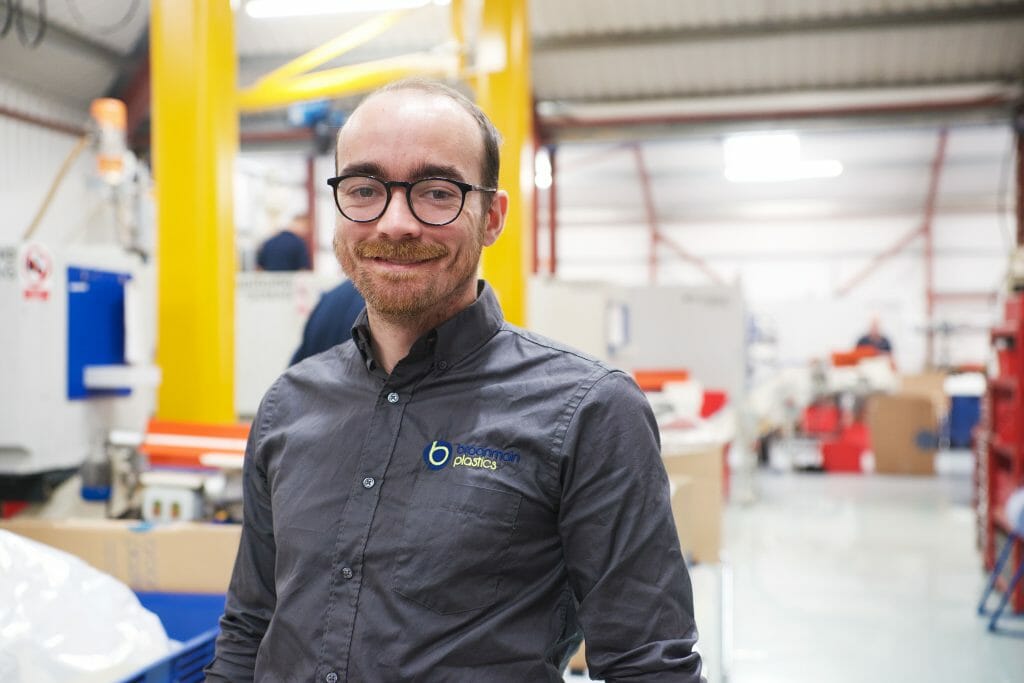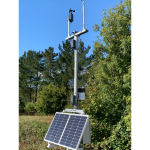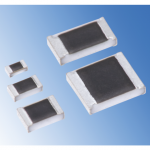For close to a century now, two plastic moulding techniques have been the mainstay of the manufacturing world. Today, injection and compression moulding remain the most common methods to rapidly manufacture quality plastic parts using minimal resources. While injection moulding offers versatility and easier tooling, for stronger and more wear-resistant parts produced in lower volumes, compression moulding and direct screw transfer (DST) are valid options too.
Operations Manager at Broanmain Plastics Thomas Catinat explains why these longstanding moulding techniques each offer unique advantages and highlights how functionality, materials used, and production quantities could sway a customers’ choice.
Despite demand for injection moulding surging, for basic plastic parts made with thermoset materials, compression moulding is a widely used technique, especially for gaskets, seals, and grommets. The lesser known DST process – whereby compression materials are moulded vertically in an injection machine – offers additional flexibility.
One of the key challenges to compression moulding and DST is simply accessibility; it’s not always easy to find suppliers who know how to process quality moulded parts that are built to last using these techniques, notes Thomas. He expands: “In recent years Broanmain has witnessed an unprecedented rise in demand for compression moulding. This could be attributed to the reduction in UK moulders offering both injection and compression moulding. Many suppliers are simply not training new staff in this older technology, so there are fewer moulders with the capacity or resources to meet customers’ delivery demands.”
Options explained
Injection moulding is the most utilised, automated polymer manufacturing process, especially when producing components with close tolerances in large quantities. Being able to mass-mould a variety of materials, most commonly thermoplastic polymers, is a distinct benefit. Plastic granules are fed into the heated barrel, mixed using a helical shaped screw and injected into the mould, where it cools and solidifies to the required shape before being ejected from the machine.
Conversely, compression moulding is a traditional forming method relying on heat and pressure to mould plastic materials. Broanmain uses a Dough Moulding Compound. Applying pressure, the compound is forced into the cavities when the tool is shut. The mould is heated and the heat and pressure is maintained until the material sets.
DST allows for the processing of thermoset materials such as epoxy, phenolic, DAP, alkyd and DMC in an injection moulding machine. Although more time is needed to change the equipment components and barrel, automation accelerates the process.
Versatility is the key benefit of injection moulding. Compared to the other processes, plastic is pressed harder against the mould. This allows for more complex geometrics to be integrated into the design which might otherwise be too expensive or complicated to manufacture.
Because compression moulding machines must bring material up to curing temperatures, the process is slower, particularly for larger parts. It also requires more manual supervision to remove and finish parts and remove excess flash. Compression method is especially beneficial for shaping highly durable and stable parts, such as aerospace and railway components, thermal electrical fittings, switches and valves that resist chemical corrosion, fire- and impact-resistant safety equipment and medical devices. The compression moulding tool makes even stiff and high durometer plastic materials perfectly vulcanised and dimensionally stable.
“A majority of the time, compression moulding is used to create legacy components used in trains, planes and electrical parts. Here, production volumes can be as low as 10 per year. In this case, it’s not financially viable to invest in the development, tooling and testing required for injection moulding,” states Thomas.
The benefit of DST is the ability to use durable and low cost materials traditionally compressed horizontally, such as thermoset polymers, switching to a vertical injection moulding technique to achieve a more complex detailed component.
- Durable components manufactured by compression often need some post-moulding work to remove excess material.
- Thomas Catinat, Operations Manager at Broanmain Plastics
Environmental footprint and production costs
Injection, compression moulding and DST are used by numerous industries to reduce their overall carbon footprint, including the lightweighting of vehicles and aircrafts and building parts for insulation and double glazing windows.
With such a focus on sustainability and reducing plastic consumption, customers often ask about the environmental impact of each technique.
An advantage of injection moulding is that it ensures the mould is more precisely filled and material essentially drives out any air as the cavity is filled, resulting in less plastic waste. Furthermore, excess thermoplastic polymers can be melted down and reused.
Automation saves manufacturing costs, and with the majority of the process performed by machines and a single operator, production overheads can be lower. There’s also very little post-mould work.
Manufacturers tend to focus on the waste associated with compression moulding because the cavity has to be overfilled to a certain degree in order to achieve the pressure required to cure the part. Excess thermoset rubber or plastic generally cannot be melted down or reused so these costs should be accounted for when developing a production plan.
Although compression moulding is more straightforward, it does require more resourcing and the skillset needed to carry out the process is higher, emphasises Thomas: “That’s not to say savings and efficiency requirements aren’t met elsewhere. Features used in other production processes such as gates, sprues or runners are not needed in compression moulding. The opening of compression moulds is larger, meaning material is sent through to the cavity without hindrance and so less material is wasted during the transfer.”
Without a transfer cycle or injection function, there is less groundwork involved. What’s more, compression moulding can use old or existing tooling. To further cut costs tools can be made of aluminium or lower-cost grades of steel.
Broanmain has over 60 years’ experience processing all types of thermosetting polymers, with the flexibility, tools, production and assembly resources to undertake manufacturing and prototype projects of all shapes and sizes for a wide range of industries. These include aerospace, electronics, and defence through to the science, automotive and consumer goods sectors.










